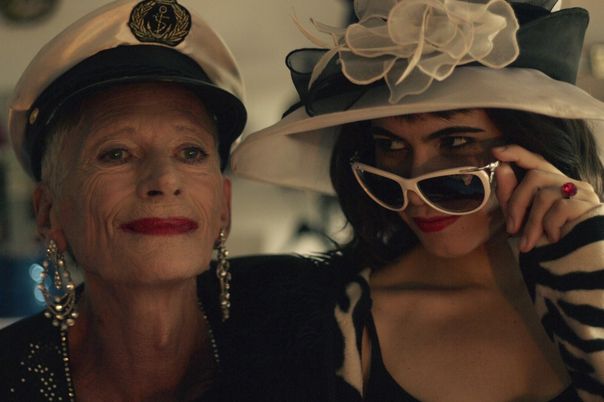Interchangeable terms: A commentary on Max Zunino’s BRUMA
By Rafael Guilhem

Still from Max Zunino’s BRUMA
Filming is not an event limited to the technological field. It is not a product of a materialistic historical development nor is it only related with capturing reality from an audiovisual device. Cinema, as Alexander Kluge used to say, is but a continuation of other media’s dreams. In this sense, images and sounds have the possibility of going beyond themselves; of being pierced by extensive landscapes of thought.
Max Zunino’s BRUMA, at first glance, lacks a question for cinema and the particularity of each decision; of all the possible variants to rearrange things sensibly. It can be clearly seen in the insistent cuts – similar to a music video clip – that they are nothing more than almost physical ellipses that remain in the physiognomy of the image, in its appearance. What is seen matters, but blinking does not; eyes matter, but staring does not. The different self-portraits Martina makes matter, not because of the time they abstract or the face they restore but because of the pixels that remain and the mask that covers her gestures and movements with stereotypes.
Events are invented; actions go around things to put together an itinerary and, eventually, a film. Under Zunino’s indications, Germany could be Palestine; what is queer could be aligned and pregnancy could be an abortion. In a poetic narrative where all things carry the same weight, we question whether travel, drugs and transvestism are nothing more than the vanity of a false radicalism.

